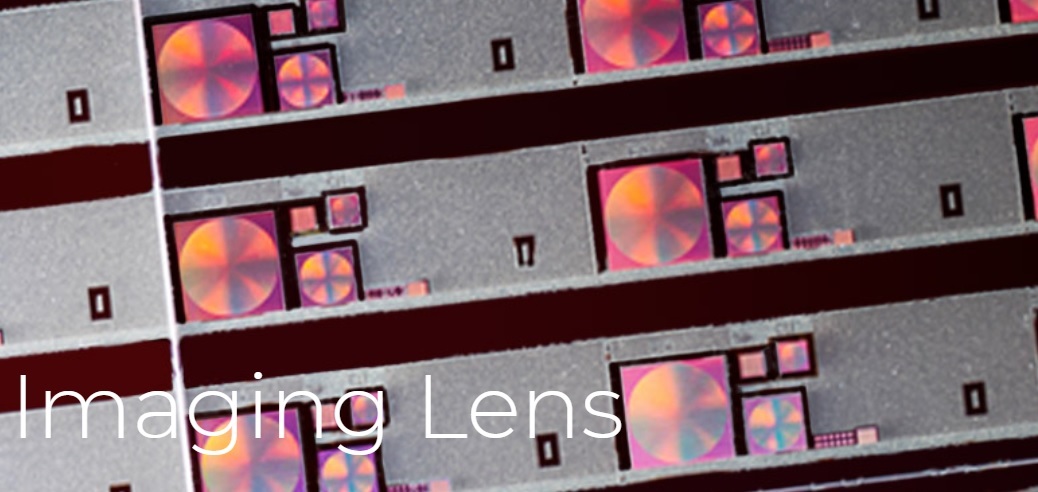Cameras of all shapes and sizes can be put into all kinds of places, but lenses and sensors tend to restrict just how small — or flat — they can be. But that’s not the case with this flat, “2D” camera from Metalenz.
More from a recent TechCrunch report:
“The idea is to take a complex 3D structure and accomplish what it does using a precisely engineered “2D” surface — not actually two-dimensional, of course, but usually a plane with features measured in microns.
“The problem faced by cameras now, particularly in smartphones, is that the lenses can’t be made much smaller without seriously affecting the clarity of the image.
“’Light on a macro [i.e. conventional scale, not close-focusing] lens is controlled on the macro scale, you’re relying on the curvature to bend the light….But here you have features a thousand times smaller than a human hair, which gives us very fine control over the light that hits the lens.’
The result is a camera with extremely small proportions and vastly less complexity than the compact camera stacks found in consumer and industrial devices.
According to the report, Metalenz’s flat camera isn’t suited to, say, replace an iPhone’s camera. But applications such as facial identification and lidar sensing are listed as promising candidates.
If anyone has any idea where such a device could be best utilized, though, I’m guessing it’s pro AV installers. I’m curious to hear what AVTweeps think of this inbound technology and where they would theoretically use it.
Read Next: 7 Reasons Why Now’s the Time to Migrate Customers to IP Video Cameras
Is this the missing link for a specific type of AV client or project? Let us know in the comments below.
(Also, for those interested, here is a little more on the science of flattening lenses from research which inspired the Metalenz startup):










